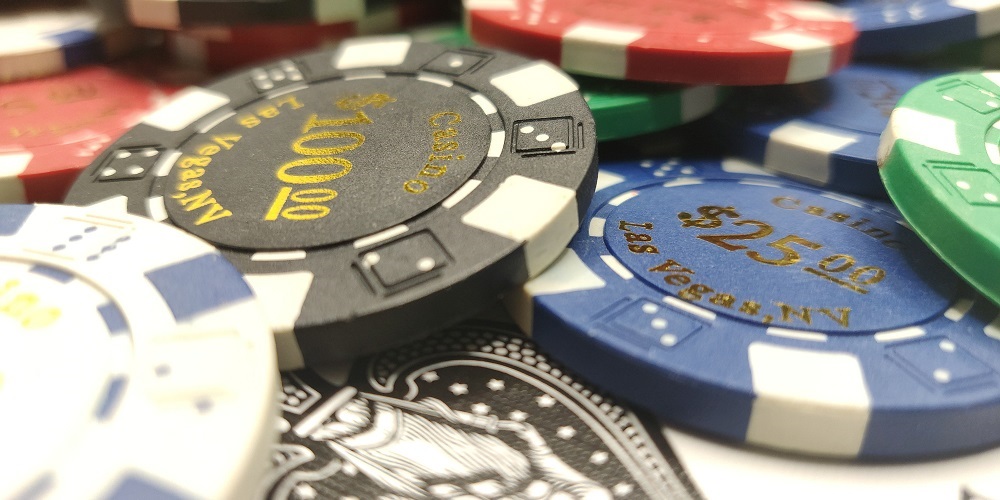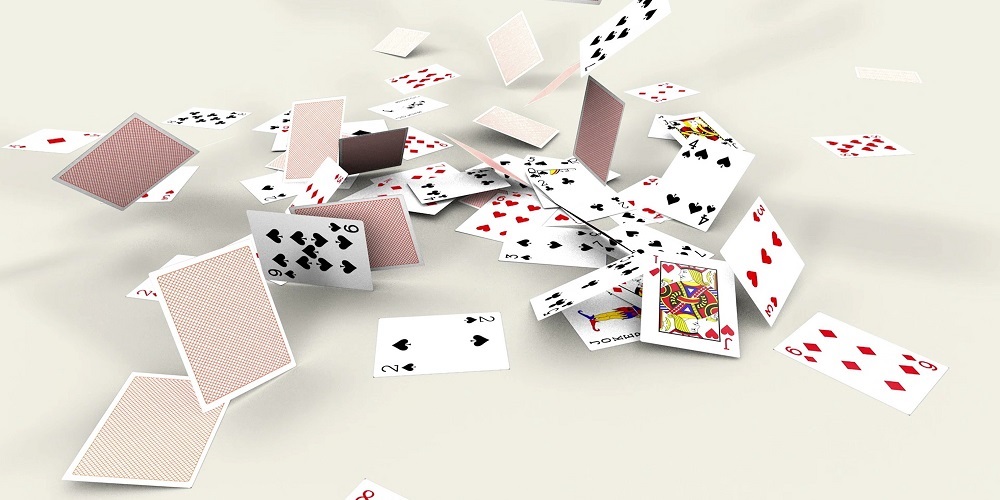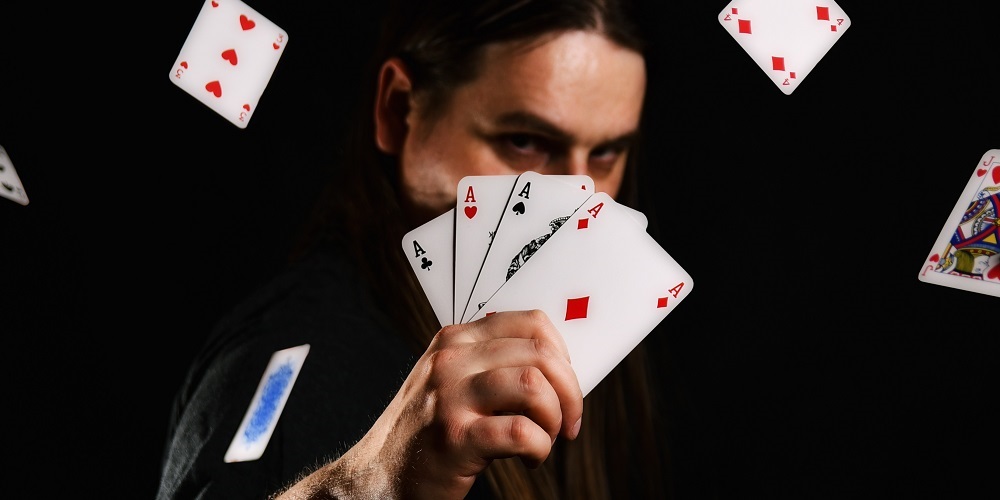Bluffing is one of the best known and most spectacular actions in poker. Despite its popularity, it is not something that is done just like that, since you need to have a certain level to get it right, and bluffs can only be executed in certain circumstances.
But for one day to make a good bluff you have to learn, and in this post we are going to start with the basics so that your future poker bluff turns out as well as possible.
Bluff: meaning in poker

Let’s start with the basics: we understand by bluffing any speculative action that is done in order to make the rivals believe something that is not really happening. It’s a way to mislead them, giving them perfect cover so they can get on with their game without raising suspicion.
But the bluffs have a problem: if they are discovered, goodbye to the advantage. As a player sees what you are playing, he will soon change his strategy and go after you. Therefore, a bluff in poker that is hunted is usually insurmountable. Hence, it is such a delicate move.
But if it goes well, a bluff in poker can make you money by holding mediocre cards. The key is to master your tells and be forceful when you have to be. Fearing too much risk, rivals will back out, which is what it’s all about.
Making a bluff in poker: what to take into account

As long as you’re a beginner, forget about bluffing. For now, it will be enough for you to know what the bluff is and what it is used for. But, as you increase the quality of your play and start to get into higher level tables, the time to try your first bluff will get closer. We are not going to deceive you, it could possibly go terribly wrong, but it is the first and these things can happen.
To execute a bluff, you have to take into account the following:
- Range of opponent’s hands. First of all, you have to rely on your opponent’s preflop decisions to determine what range of hands he moves into. Because if you try to bluff, even if you do it perfectly, with a premium hand your opponent won’t be intimidated, which makes a bluff completely useless. But if your cards are medium, you will hesitate. And there you have your window of opportunity.
- Range of your hand. You also have to think about how to play your cards, because a bluff will only interest you if you have a hand that isn’t bad, but has some potential to sell you out. If your cards are easily upgradeable, bluffing can be a way of hitting the table, appearing stronger than you really are.
- Reading of tells. It is essential that you know how to read your opponent’s reactions to keep your bluff under control. Be careful though: you may be up against a player who has absolute command of his tells, and he is leading you to believe that your bluff is working. The best players know how to do this very well, and it is dangerous because they can fleece you.
- Blocking of own tells. It is impossible for you to know how to read the tells well if you do not master your own body language. You must control it to hide what you want to hide, and show what interests you. If you use this ability to cause your opponent to make a wrong reading, you may be in for a surprise.
Bluffs poker: one of the best bluffs ever made

You see that a bluff in poker is only an option under certain circumstances. The great poker players have given us some moments that will go down in history for their spectacularism and for their enormous ability to handle their bluffs. This is one of the most spectacular poker bluffs in memory, the one made by Adrián Mateos to Johnny Lodden.
It happened in the FT of the Main Event of the EPT11 Grand Final of Monte Carlo. The situation was like this:
- Turn: A♠ 3♦ 9♣ 4♣
- Mateos: J♠ 10♠ = 15%
- Lodden: 5♦ 5♣ = 85%
- Jackpot: $2,385,000.
Mateos bets $650,000. Lodden calls. The pot goes to $3,035,000.
- River: A♠ 3♦ 9♣ 4♣ A♦
- Mateos: 0%
- Lodden: 100%
- Jackpot: $3,685,000.
In an impressive reaction, with Mateos looking at the table while Lodden does not take his eyes off him, the man from Madrid takes advantage of a change of gesture from the Norwegian to read to him. At that point, Mateos decides to go all-in, betting his $5,610,000. Lodden must go all in to make the call.
Jackpot: $9,295,000.
Lodden throws the cards. Mateos takes $2,150,000 with a mediocre hand. A perfect example of how to execute a good bluff.

